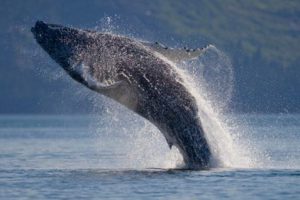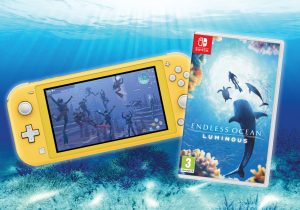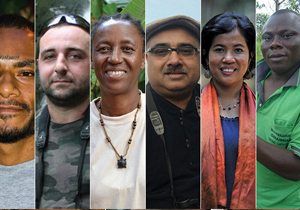
Charles Darwin: Theory of evolution resource
Discover what Charles Darwin meant by ‘natural selection’
This primary resource introduces children to Charles Darwin’s Theory of evolution. Discover what is meant by ‘natural selection’. How are animals so suited to their environment? Why was the book ‘The Origin Of Species’ so important? What did Darwin collect when he visited the Galapagos Islands?
Pupils will learn about adaptation and how it may lead to evolution in our National Geographic Kids’ Science primary resource sheet.
The teaching resource can be used in study group tasks for discussion about inherited and non-inherited characteristics. It could be used as a printed handout for each pupil to review and annotate, or for display on the interactive whiteboard for class discussion.
Activity: Ask children to write a profile / fact file about Charles Darwin, or a diary entry from his visit to the Galapagos Islands. Provide pupils with images of animals and ask them to identify and label their adaptations (i.e. Polar bear – large feet, fur that looks white, etc.). They could then discuss how they think these adaptations have come to be.
N.B. The following information for mapping the resource documents to the school curriculum is specifically tailored to the English National Curriculum and Scottish Curriculum for Excellence. We are currently working to bring specifically tailored curriculum resource links for our other territories; including South Africa, Australia and New Zealand. If you have any queries about our upcoming curriculum resource links, please email: schools@ngkids.co.uk
This Science primary resource assists with teaching the following Key Stage 2 Science (Year 6) objectives from the National Curriculum:
Pupils should be taught to:
- recognise that living things have changed over time and that fossils provide information about living things that inhabited the Earth millions of years ago
- recognise that living things produce offspring of the same kind, but normally offspring vary and are not identical to their parents
- identify how animals and plants are adapted to suit their environment in different ways and that adaptation may lead to evolution
Pupils might find out about the work of palaeontologists such as Mary Anning and about how Charles Darwin and Alfred Wallace developed their ideas on evolution.
Also see National Curriculum Key Stage 2 Science (Year 5) objective:
- Pupils should find out about the work of naturalists and animal behaviourists, for example, David Attenborough and Jane Goodall.
This Science primary resource assists with teaching the following Sciences First level objectives from the Scottish Curriculum for Excellence:
- By comparing generations of families of humans, plants and animals, I can begin to understand how characteristics are inherited
Scottish Curriculum for Excellence Sciences Second level objectives:
- By exploring the characteristics offspring inherit when living things reproduce, I can distinguish between inherited and non- inherited characteristics
Download primary resource
More Like

Humpback Whale Facts!

Endless Ocean Luminous

Meet some incredible conservation heroes!









LEAVE A COMMENT
THANK YOU
Your comment will be checked and approved shortly.
WELL DONE,
YOUR COMMENT
HAS BEEN ADDED!
COMMENTS
CUSTOMIZE YOUR AVATAR